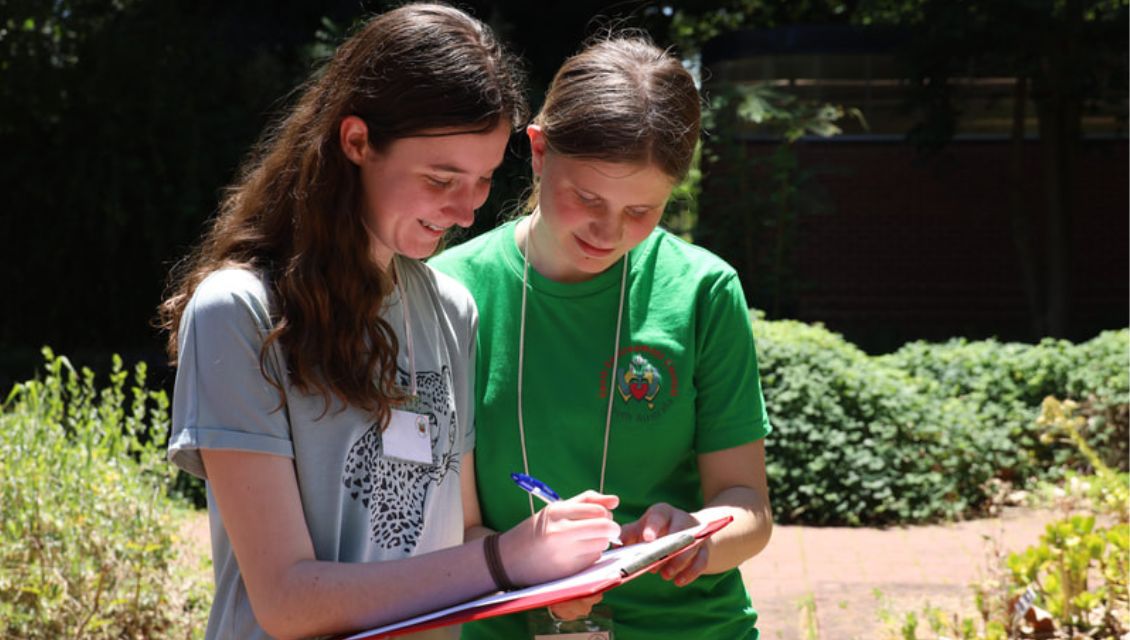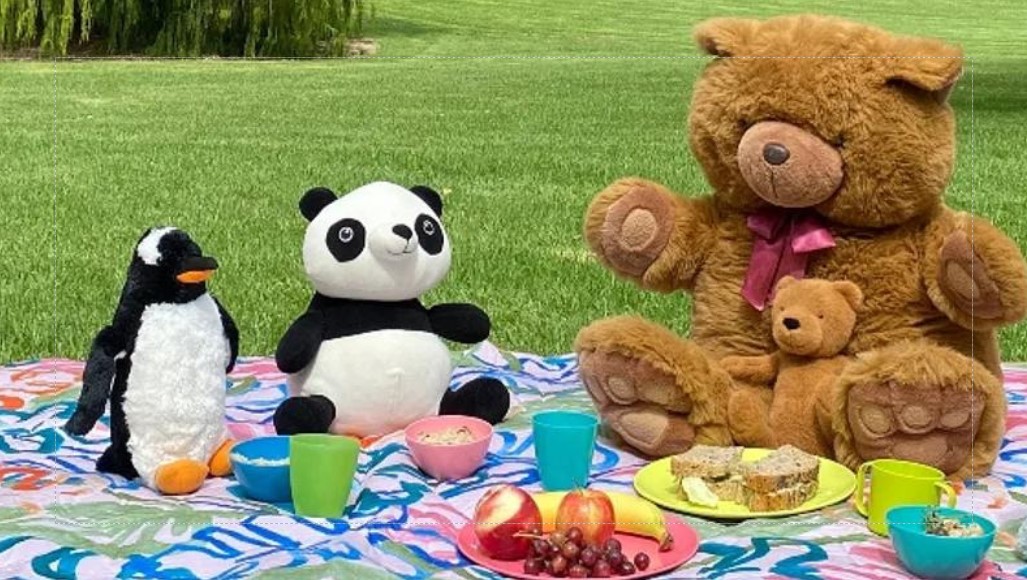
The hole in the parched rock on the side a gentle hill in the Flinders Rangers is about the size of a backyard swimming pool.
But the dig site provides a window to a different time and a different world.
A place that South Australian Museum paleontologist Diego García-Bellido describes as a world full of aliens.
Associate Professor García-Bellido and his team have just returned from the excavation in the Nilpena Ediacara National Park, 520km north of Adelaide.
The team has been working on the secret fossil bed for the past few years, visiting each May and September.
"We found a new outcrop some kilometres away from the original Ediacara fossil beds, which were discovered in the early 2000s," Associate Professor García-Bellido said.
The 555-million-year-old stratified layers of sandstone provide a snapshot of life in a shallow sea, just as the first animals were starting to evolve.
At the time, what would become Australia was joined with Antarctica and sat just north of the equator.
Sand from the mountainous regions in Western Australia washed into the sea that sat over central Australia, periodically burying the organisms that lived about 20m-deep on the sea floor.
The entire east coast didn’t even exist yet.
"The sea floor was covered with a microbial mat – not unlike what grows at the bottom of a swimming pool during winter – and there were a few organisms living and feeding on that mat," Associate Professor García-Bellido said.
"Some of those early complex organisms were beginning to move."
But were they animals?
"As a zoologist I need unequivocal evidence to say they were animals," he said. "They were certainly doing some of the things that animals do, but they’re not quite there yet.
"These are the closest things to aliens that we have on our planet’s history."
Associate Professor García-Bellido’s team of about 10 researchers and volunteers spend up to 10 days at the excavation, staying in the Nilpena heritage shearers’ quarters, which has a recently inaugurated interpretive centre and is open to the public.
The researchers work at extracting each layer of rock and then flipping and re-assembling it so they can see the impressions – a kind of "death mask" – of the organisms that lived there, such as the flat, circular Dickinsonia (pictured right), the tri-radial Tribrachidium, and our State Fossil Emblem Spriggina.
The layer is then digitised and images and measurements are taken for further research back at the South Australian Museum’s Science Centre and other institutions.
"We look at how they are distributed on the fossil surface and how they grow," Associate Professor García-Bellido said of the organisms.
"How the juvenile is different to the adult, and what is the spatial relationships between each of the organisms.
"What this is telling us, is the world back then was much more complicated than we expected. We are finding things that have never been discovered before."
So, which is the best part - finding the fossils or doing the research?
"Discovery is amazing," Associate Professor García-Bellido said with a broad smile. "We’re finding things that have been hidden for over half a billion years.
"Then you need to follow the scientific process of analysis and description. That is also very rewarding, but discovery is the most exciting."
Fortunately for Associate Professor García-Bellido and his team, there seems to be plenty more to discover in another fossil bed, just down the slope of that hill, that once sat at the bottom of a long-gone sea.
The South Australian Museum has a comprehensive collection of Ediacara fossils on display.
Visit the museum’s website (external site) (external site) for more information.




